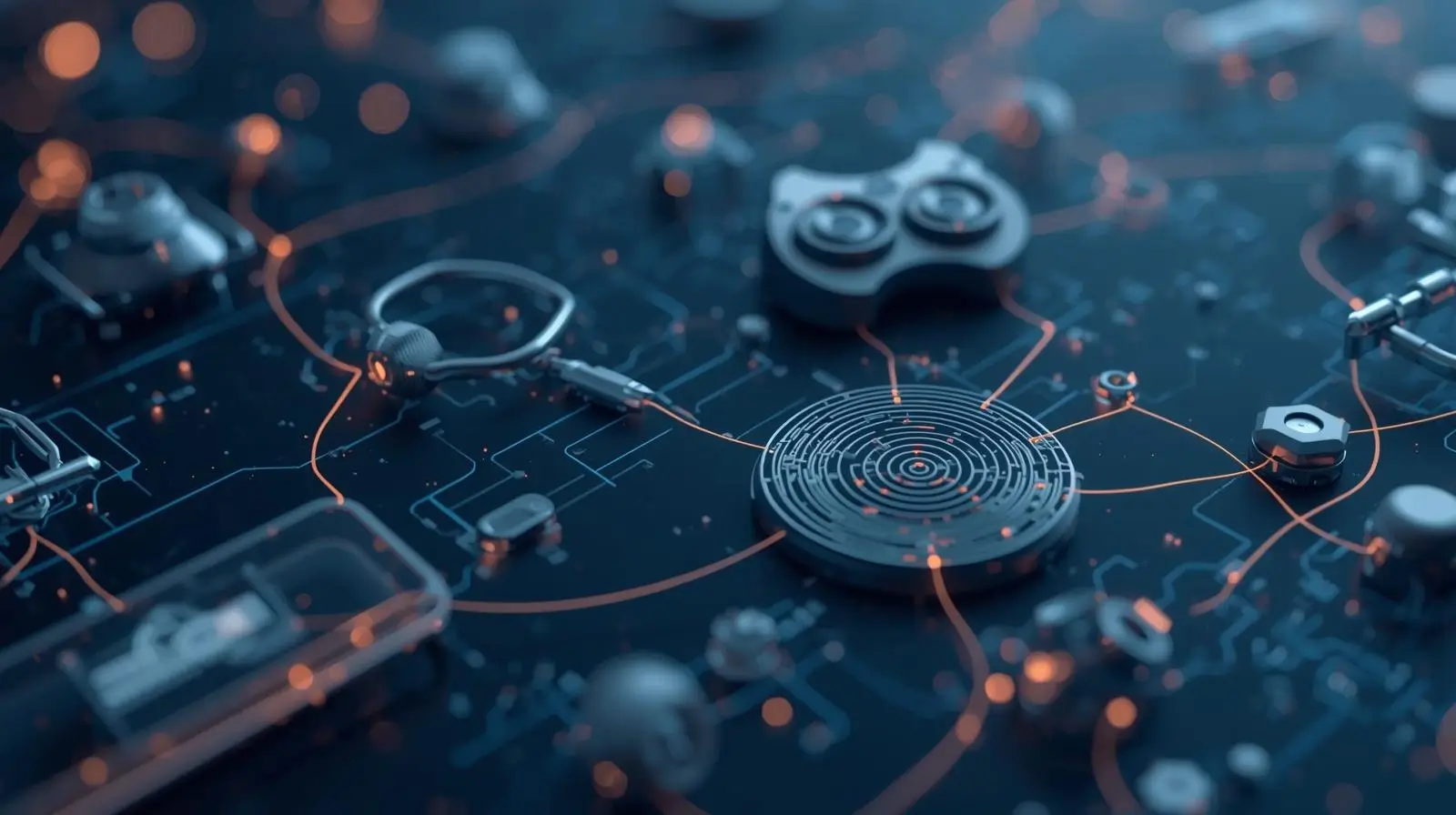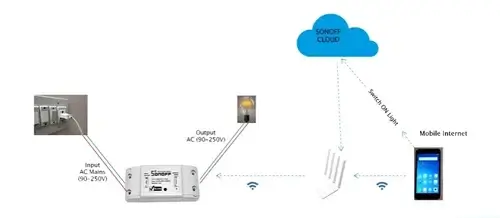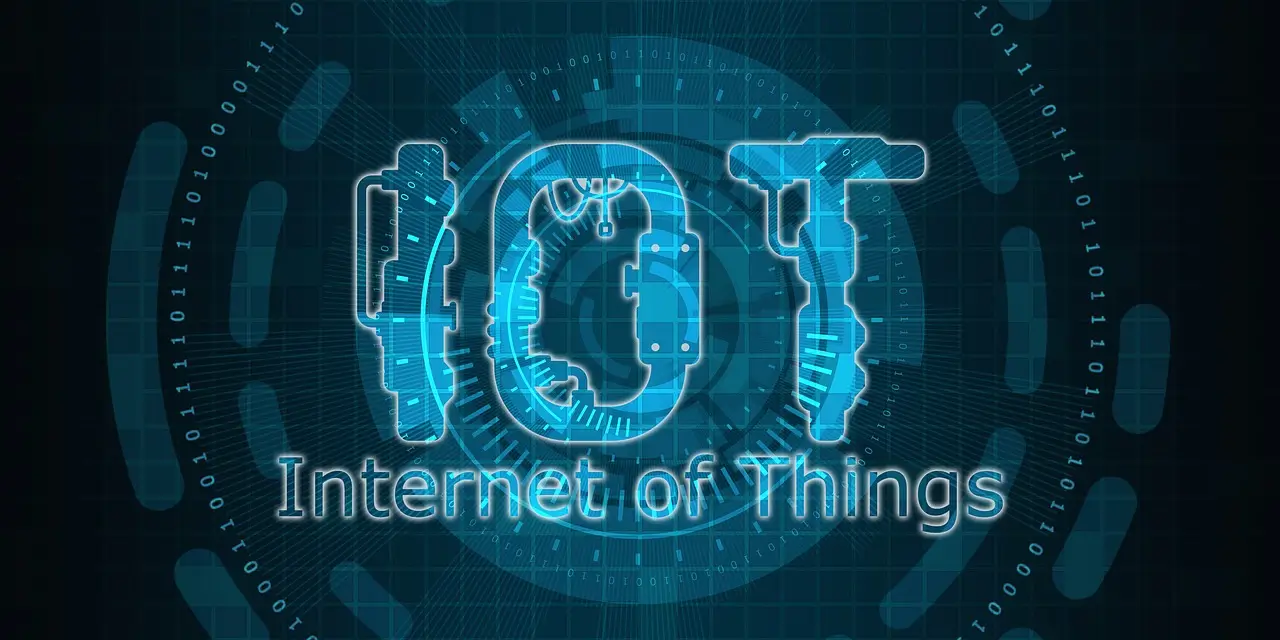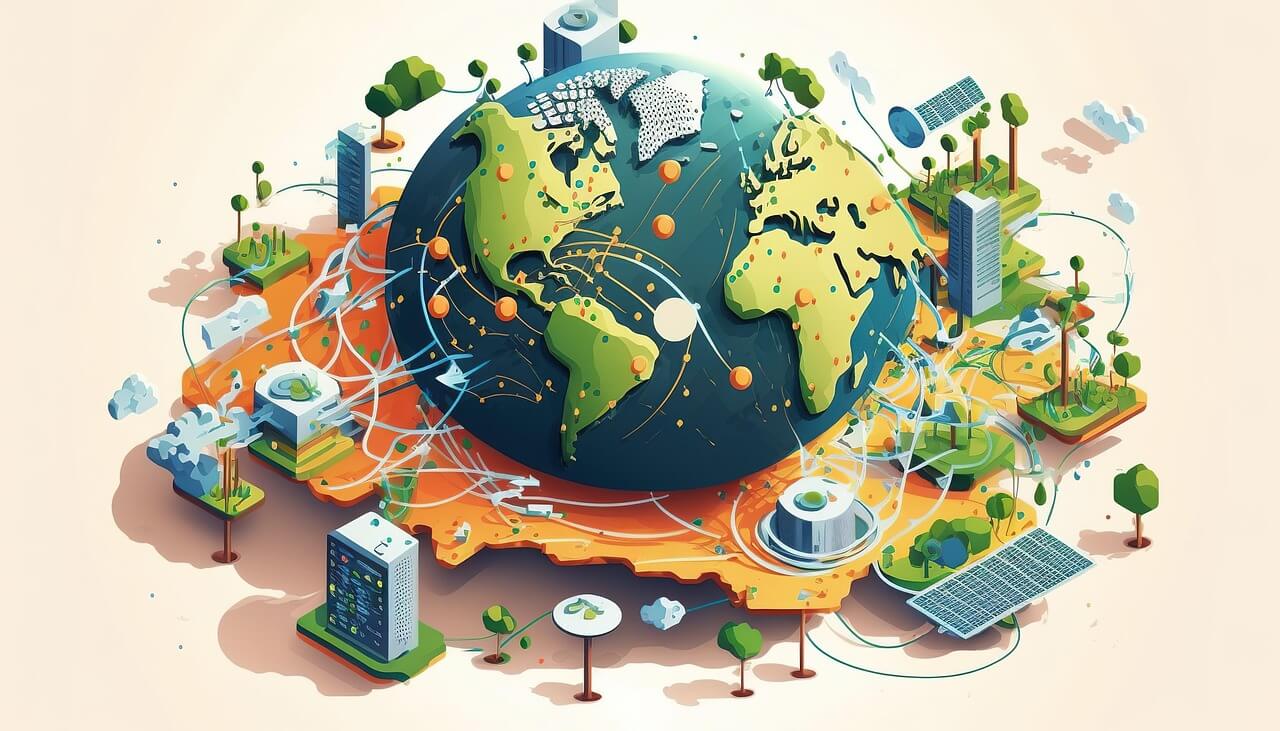Introduction
The Internet of Things (IoT) has changed our world by connecting billions of devices, like sensors and gadgets, to share data and automate tasks. By 2026, two exciting technologies—Edge AI and Ambient IoT—are taking things to the next level. They make devices smarter by letting them think and act on their own, without always needing the internet or cloud. This means faster decisions, better privacy, and less energy use. Let’s break it down in simple terms.
What is Edge AI?
Edge AI means putting artificial intelligence (AI) directly into devices, like cameras, sensors, or even tiny chips, so they can process information and make decisions without sending data to the cloud.
For example:
- A factory camera spots mistakes in products right away.
- A smartwatch tracks your health and alerts you instantly if something’s wrong.
- A traffic camera changes traffic lights based on how many cars are on the road.
By handling data on the device itself, Edge AI saves time, reduces internet costs, and keeps your data private.
What is Ambient IoT?
Ambient IoT takes things further by creating a smart environment where devices work together, understand their surroundings, and act automatically.
Imagine:
- Lights in your home dim or brighten based on who’s in the room or how much sunlight there is.
- Store shelves that notice when products are low and order more on their own.
- Factories that adjust machines instantly based on temperature or other conditions.
Ambient IoT makes devices feel like they’re part of an invisible, super-smart system that quietly makes life better.
Why Edge AI & Ambient IoT Are Important in 2026
Devices are getting smarter because industries need faster, safer, and cheaper solutions. Here’s why this shift matters:
- Super Fast Decisions
Apps like self-driving cars or robots need to react instantly. Waiting for the cloud takes too long, so Edge AI handles it on the spot. - Saves Money
Sending tons of data to the cloud costs a lot. Edge devices only send what’s important, cutting down on internet and storage expenses. - Better Privacy and Security
Sensitive info, like health data or security camera footage, stays on the device instead of being sent online, keeping it safer and following privacy laws. - Works Without Internet
In places with bad or no internet, like factories or rural areas, Edge AI keeps devices working smartly on their own.
Technologies Making This Possible
- Tiny AI (TinyML)
Super small AI programs can now run on tiny devices, like sensors, using very little power. - Powerful Edge Chips
Special chips (like NVIDIA Jetson or Google Coral) bring strong computing power to small devices, like drones or cameras. - Federated Learning
Devices can learn together without sharing private data, making them smarter while keeping information safe. - 5G and Edge Servers
5G’s super-fast internet works with local servers to mix on-device smarts with some cloud power when needed. - Smart Sensors
Devices combine info from sound, video, and other sensors to understand their surroundings better, like a human would.
Real-World Examples
- Smart Factories
- Cameras catch product flaws instantly.
- Machines predict when they need repairs, saving time and money.
- Healthcare
- Smartwatches monitor your heart and only contact the cloud if there’s a problem, keeping your data private.
- Smart Stores
- Shelves know when stock is low and reorder automatically.
- Cameras watch how customers shop to improve store layouts.
- Smart Cities
- Traffic lights adjust to traffic jams in real-time.
- Security cameras spot unusual activity without sending all videos to the cloud.
Challenges to Overcome
There are some hurdles to making this work:
- Limited Device Power: Small devices don’t have much storage or computing power.
- Updating AI Models: Managing and updating AI on thousands of devices is tricky.
- Device Compatibility: Different devices need to “talk” to each other easily.
- Security Risks: Smart devices could be hacked if not protected properly.
How Businesses Can Get Ready
To use Edge AI and Ambient IoT, companies can:
- Start small with test projects, like improving factory quality checks.
- Use tools to manage and update AI models across many devices.
- Mix edge and cloud systems for the best of both worlds.
- Focus on privacy by keeping sensitive data on devices and using secure methods.
The Future: Smarter, Autonomous Devices
By 2026, Edge AI and Ambient IoT will change how devices work. Instead of just collecting data, they’ll think, learn, and act on their own. This will make homes, workplaces, and cities smarter and more efficient, blending technology seamlessly into our lives.
Key Points to Remember
- Edge AI: Devices think and act without the cloud.
- Ambient IoT: Devices work together to create smart environments.
- Benefits: Faster, cheaper, safer, and works offline.
- 2026 Vision: IoT will move from cloud-based to self-smart systems that learn and adapt.
This is the future of smart technology—devices that don’t just connect but think and act for us!




